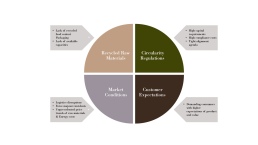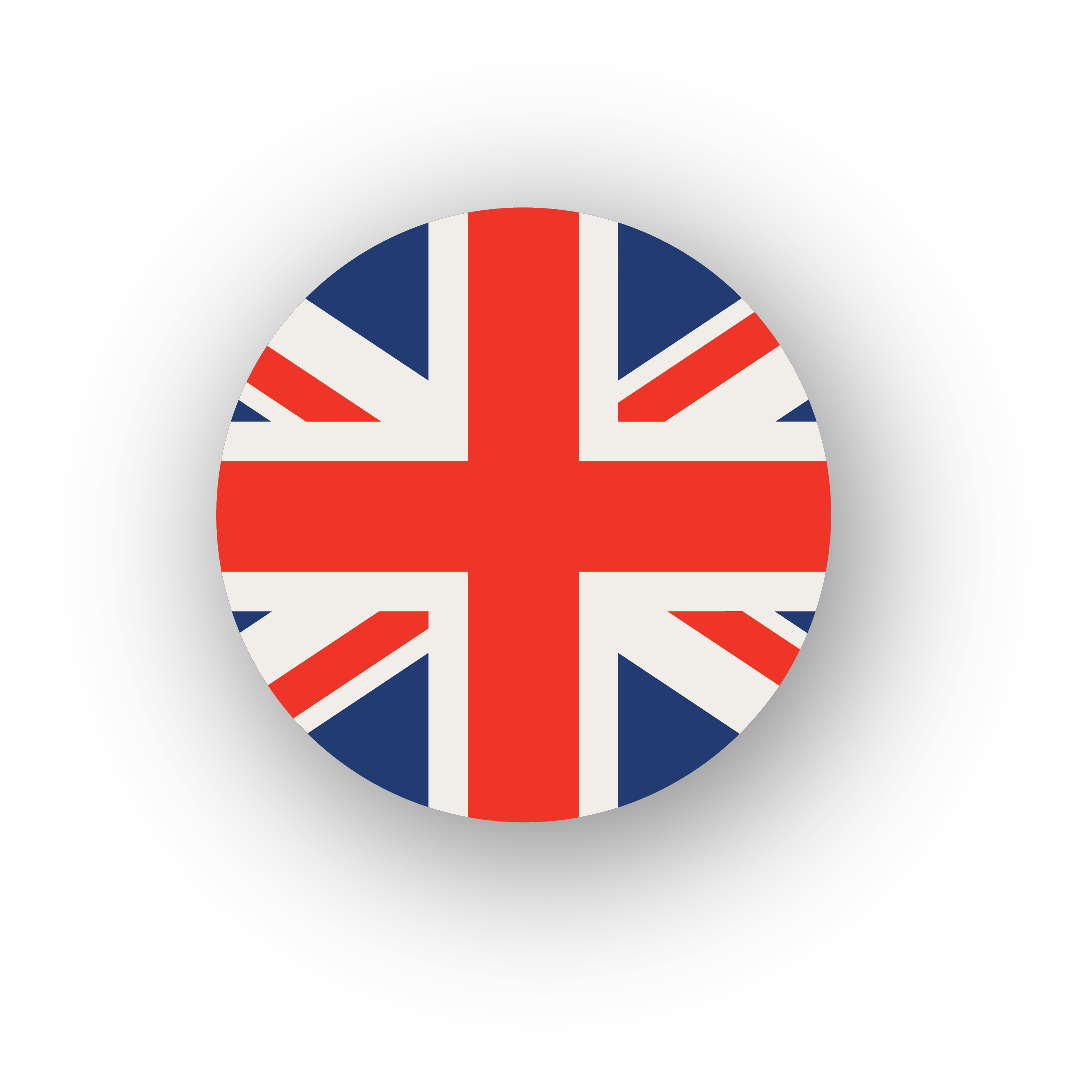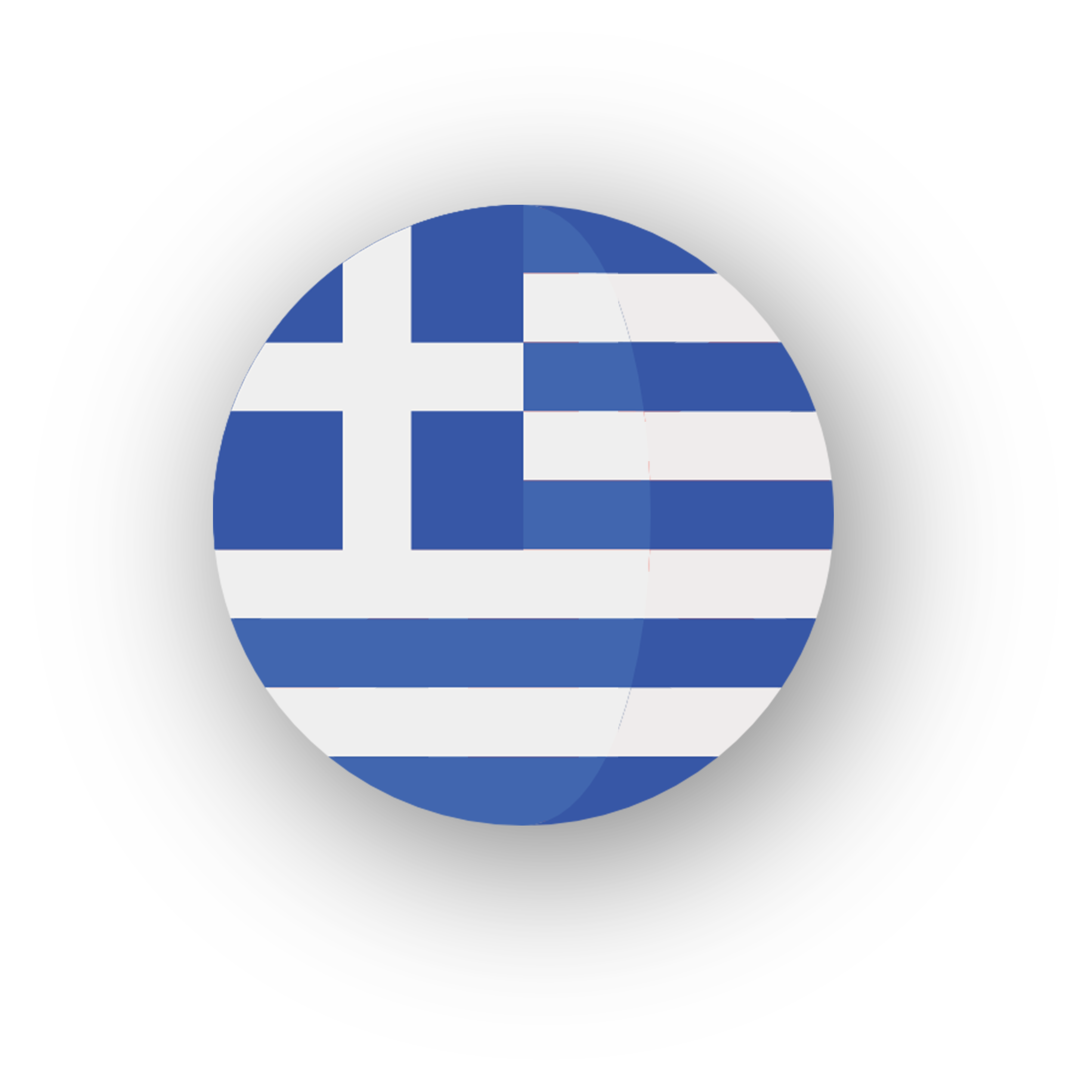Delivering Value from Packaging
On the basis of Sustainability.
By Mihaela Beceanu, Partner, Analysis Business Unit
The Bottling Industry is facing massive disruptions and undergoing profound transformation, which is creating opportunities for some, and threats for others. To differentiate themselves, beverages producers will have to adopt solutions that will contribute to the long-term expansion of their businesses, driving growth through higher output volumes and making cost leadership a key competitive advantage to attain attractive margins.
Sustainability is a business imperative and Packaging is one of top areas of focus for beverages producers that can positively impact the bottom line – Profit, People, and Planet. To consolidate and to re-design circular business models, VERALLIS’ Packaging Expert Analysts team, assists organizations to extend product life cycles and to improve productivity – delivering value from packaging.
The crucial priority is to tackle Packaging costs to support leadership in making strategic decisions and focusing resources to stimulate growth and differentiation, whether beverages producers work with plastic, paper, glass, or metal packaging. Moving the business forward requires aligning the organization’s strategies with costs reengineering. The three steps we designed focusing on optimizing, in contrast to cutting expenses, achieving sustainability goals and making your business future ready.
The Bottling Industry has experienced cost initiatives that have failed to deliver lasting gains. The core issues urged C-level Executives and directors across the industry to make cutbacks throughout departments in an effort to tactfully dispense the “losses”, rather than focusing on a way to optimally allocate resources or the fundamental causes of excessively high costs in some areas¹ . However, now, increasing turmoil has created a dire need for transformation both in terms of the Strategy and Cost (see Figure 1). Additionally, the market nowadays provides the tech and the necessary innovation capabilities to overcome perplexity and transform the packaging category².

Figure 1. Platform for sustainable packaging process
———————————-
1 COST IMPROVEMENT. ForFirm. [Online] https://www.forfirm.com/service/business/cost-cutting.
2 More for less: Five steps to strategic cost reduction. [Online] PWC, September 8, 2016.
https://www.pwc.com/gx/en/insurance/publications/firing-on-all-cylinders-five-steps-to-strategic-cost-reduction.pdf.
Our 3-step process towards actualized savings in Packaging
Our 3-step process is designed to provide a systematic and sustainable approach to strategic cost
reduction of packaging related expenses.
Step 1. Packaging diagnosis
The starting point is a clear understanding of packaging materials, design and functionalities, operating model, and the risk-adjusted returns from these operations. Packaging Materials Quality Manual and Technical Standards Packing Items are documents to settle boundaries for packaging specifications and deploy time viability in the face of new technology and other disruptors. It is important to understand the interactions between production, marketing and other units from the beverages producer’s organization, the internal costs generated by the category transformation, rather than using a market benchmark to judge costs justification.
Packaging Items diagnostic process is to be conducted internally or along with the suppliers of injection, extrusion, blowing, printing, or production equipment. Design will cover areas of interest for both product and operational processes, tackling Aesthetics, Recycling, Circularity and Sustainability and the result will be expressed in optimization and light-weighting of Packaging Items. Packaging Items suppliers will be required to comply with beverages producers Master Standard and the final target will be the consumption optimization of said Items.
Step 2. Operational Excellence alignment
This stage mainly refers to identifying the differentiated sources needed, getting the right suppliers that meet Bottling entities requirements and then compare what you have in place with optimized packaging items. Purchasing design process for Packaging Items requires customized suppliers and end to end supply chain solutions to adapt to Bottling entities’ individual challenges and needs. Implementation of Packaging Items price break-down solutions is for 2 to 4 years perspectives. Tolling acquisition models, where Bottling entities have ownership management and decision control over the raw material for Packaging Items, imply new price agreements with strategic suppliers of both, raw materials, and Packaging Items, in order to address targeted savings measured also in weight, costs and CO2 footprint.
Step 3. Implementation
The last stage of the process refers to the Performance Purchasing Model, focusing on efficiency and lower cost structure. Quality is considered a performance driver for Food Safety Certification FDA approved raw materials.
VERALLIS will measure target fulfillment for Bottling entity. To ensure the success of Implementation stage of the process, we recommend motivating beverages producers’ employees by linking gathered savings to compensation plans. The effect of cumulated savings in 4 years’ time on Bottlers businesses will be increasing the income and delivering sustainable growth in free cash flow. Furthermore, this initiative – to reduce pertinent costs – will enable the release of funds in the direction of the organization’s strategic goals whilst assisting in the efforts to prepare the grounds for sustainable growth. 3 Bottling entities view these efforts as opportunities to transform their cost structures in the long term. To accomplish this, VERALLIS Packaging category-dedicated team offers a strategic partnership tailor-made to their efforts to achieve their strategy for growth and concentrate on optimization to ensure that our clients from the Beverage Industry maximize their potential.


